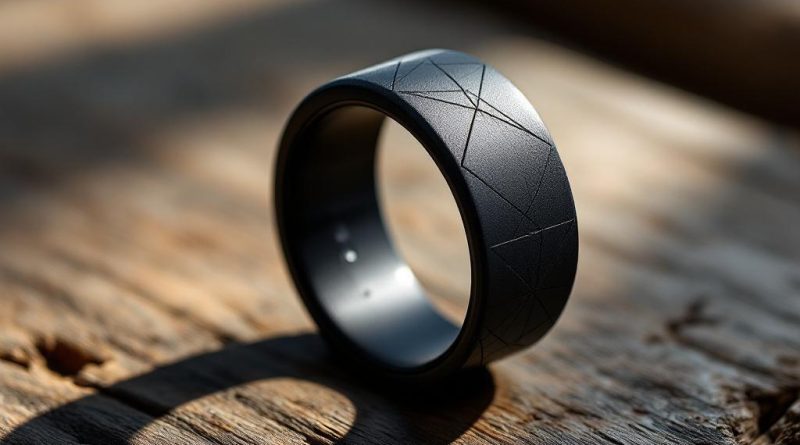The Evolution of Wearable Tech: From Fitness Trackers to Smart Rings
Just over a decade ago, “wearable technology” was a niche concept—a simple pedometer clipped to your belt or a bulky heart rate monitor strapped to your chest. Today, it’s a multi-billion dollar industry, with a powerful computer strapped to the wrist of nearly every person you know.
The evolution of wearables has been a relentless march toward making technology more personal, more passive, and more seamlessly integrated into our lives. From simple step counters to sophisticated health monitors, the journey has been remarkable.
Let’s trace the evolution of wearable tech and look at where this incredibly personal form of computing is headed next.
Phase 1: The Glorified Pedometer (The Early 2010s)
The consumer wearable revolution began with a simple, singular focus: counting your steps. Early devices from pioneers like Fitbit and Jawbone were glorified pedometers. They were small, often screen-less rubber bands designed to do one thing: motivate you to move more by gamifying the “10,000 steps” goal.
This was a crucial first step. It proved that people were willing to wear a piece of technology 24/7 if it provided a simple, tangible benefit. The focus was entirely on basic fitness tracking.
Phase 2: The Wrist-Mounted Computer (Mid-201s to Early 2020s)
This was the era of the smartwatch, and it was defined by two major players. On one side, Google’s Wear OS (and partners like Samsung) brought a feature-rich, customizable experience to Android users. On the other, the Apple Watch arrived and completely dominated the market.
The smartwatch transformed the wearable from a passive tracker into an active extension of your phone.
- Notifications: Your wrist could now buzz with texts, calls, and app alerts.
- Apps: A new ecosystem of apps brought everything from navigation to music controls to your wrist.
- Advanced Health Tracking: The focus shifted from just counting steps to serious health monitoring. The introduction of heart rate tracking, ECG (electrocardiogram), and blood oxygen (SpO2) sensors turned the smartwatch into a powerful personal health device.
During this phase, the wearable became a mainstream, multi-purpose computer on the wrist.
Phase 3: The Invisible Health Monitor (Today)
As we move through 2025, a new trend is emerging, driven by a desire for technology that is less intrusive. The focus is shifting from a device that constantly demands your attention with notifications to one that silently monitors your health in the background with incredible accuracy.
The poster child for this new era is the smart ring. Companies like Oura and a host of new competitors have proven that you can pack powerful sensors into a small, discreet, and screen-less form factor.
A smart ring excels at passive data collection, particularly for sleep. By tracking metrics like your body temperature, resting heart rate, and heart rate variability (HRV) overnight, it can provide a detailed, holistic picture of your body’s recovery and readiness for the day ahead. It’s a wearable that you can forget you’re even wearing, yet it provides some of the most valuable health insights.
The Next Frontier: What’s to Come?
The evolution is far from over. The next wave of wearables will be even more integrated and invisible.
- “Hearables”: Smart earbuds will become powerful health trackers, capable of measuring core body temperature and providing real-time AI coaching during workouts.
- Medical-Grade Sensors: Look for the arrival of non-invasive blood pressure monitoring and even glucose monitoring in next-generation smartwatches and other wearables.
- AI as a True Health Coach: The future isn’t just about collecting data; it’s about interpreting it. Your wearable’s AI will act as a personalized health coach, analyzing your trends and providing proactive advice like, “You didn’t sleep well last night; maybe consider a lighter workout today,” or “Your resting heart rate has been trending up; you may be getting sick.”
The journey of wearable tech has been a fascinating one, moving from a simple clip-on gadget to a powerful computer, and now to an almost invisible health guardian. The ultimate goal is clear: to create technology that enhances our lives without getting in the way.




